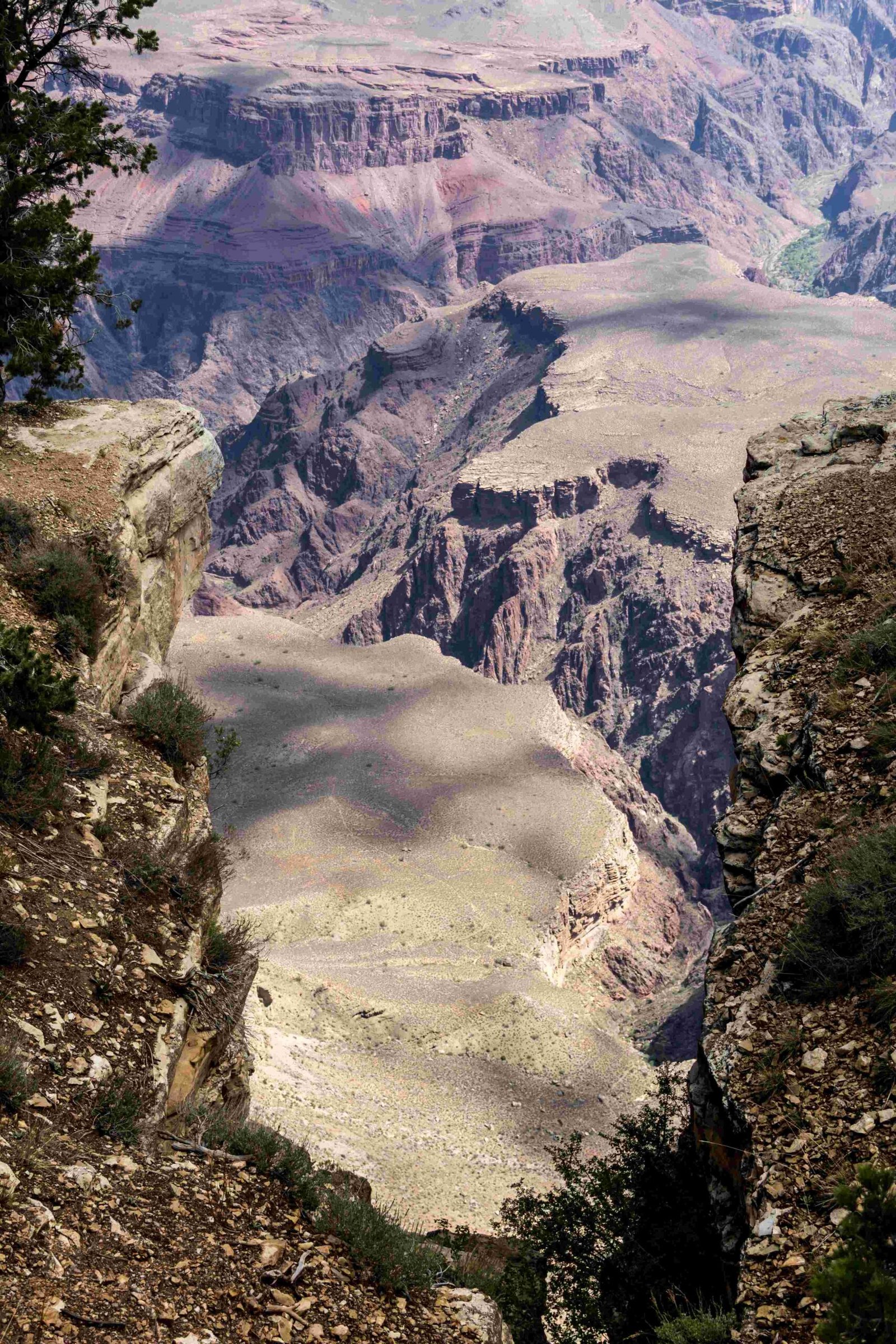Hiking to the bottom of the Grand Canyon is an epic adventure that challenges even experienced hikers. Spanning multiple trails with varying difficulty levels, this journey requires meticulous planning, physical fitness, and understanding of the canyon’s unique terrain. Adventurers can choose from three primary routes: North Kaibab Trail, South Kaibab Trail, and Bright Angel Trail, each offering a distinct path to the canyon’s base, revealing billions of years of geological history.
Can U Hike to Botyom of Grand Canyon: Trail Overview
What Trails Lead to the Canyon Bottom?
The Grand Canyon offers three primary trails for reaching its base:
- North Kaibab Trail
- Total Distance: 14.3 miles
- Elevation Change: 6,000 feet descent
- Difficulty: Extremely Challenging
-
Unique Features: Traverses through geological layers spanning two billion years
-
South Kaibab Trail
- Total Distance: 7.5 miles
- Elevation Change: 4,700 feet descent
- Difficulty: Strenuous
-
Characteristics: Minimal shade, steep switchbacks
-
Bright Angel Trail
- Total Distance: 10 miles
- Elevation Change: 4,500 feet descent
- Difficulty: Challenging
- Advantages: More water sources, partial shade
How Difficult Is the Hike?
| Trail Difficulty Metrics | North Kaibab | South Kaibab | Bright Angel |
|---|---|---|---|
| Physical Demand | Very High | High | Moderate-High |
| Water Availability | Limited | Minimal | Moderate |
| Shade Coverage | Low | Very Low | Moderate |
| Recommended Fitness | Expert | Advanced | Intermediate |
What Preparation Is Needed?
Essential preparation for hiking to the Grand Canyon’s bottom includes:
- Physical Conditioning
- Cardiovascular endurance training
- Strength training for legs and core
-
Practice hiking with loaded backpack
-
Equipment Checklist
- High-quality hiking boots
- Hydration system (3-4 liters capacity)
- Electrolyte supplements
- Sun protection
- First-aid kit
- Emergency communication device
When Should You Plan Your Hike?
Recommended Hiking Seasons:
– May to October
– Spring and Fall offer most moderate temperatures
– Avoid summer midday heat
– Winter hiking not recommended due to potential snow and hazardous conditions
What Permits Are Required?
- Overnight Hiking:
- Backcountry permit mandatory
- Reservations open four months in advance
-
Limited availability
-
Day Hiking:
- No formal permit required
- Recommended registration at Backcountry Information Center
What Are the Key Safety Considerations?
Critical safety factors include:
– Extreme temperature variations
– Rapid elevation changes
– Limited rescue accessibility
– Potential dehydration risks
– Physical endurance requirements
Pro Tip: Over 250 canyon rescues occur annually, emphasizing the importance of thorough preparation and realistic self-assessment.
How to Manage Physical Challenges?
- Start training 6-12 months before the hike
- Practice multi-day hiking scenarios
- Build knee and leg strength
- Acclimatize to varying elevation levels
- Plan conservative daily mileage
What Are Estimated Hiking Times?
- North Kaibab to Bright Angel (Rim-to-Rim)
- Descent: 6-8 hours
- Ascent: 8-10 hours
-
Total Trip: Typically 2 days
-
South Kaibab to Phantom Ranch
- Descent: Approximately 5 hours
- Ascent: Around 7 hours
Final Recommendations
- Never hike alone
- Inform park rangers of your planned route
- Carry emergency communication device
- Stay hydrated and pace yourself
- Listen to your body’s signals
Remember: Hiking the Grand Canyon is a challenging but incredibly rewarding experience that requires respect for nature and thorough preparation.

